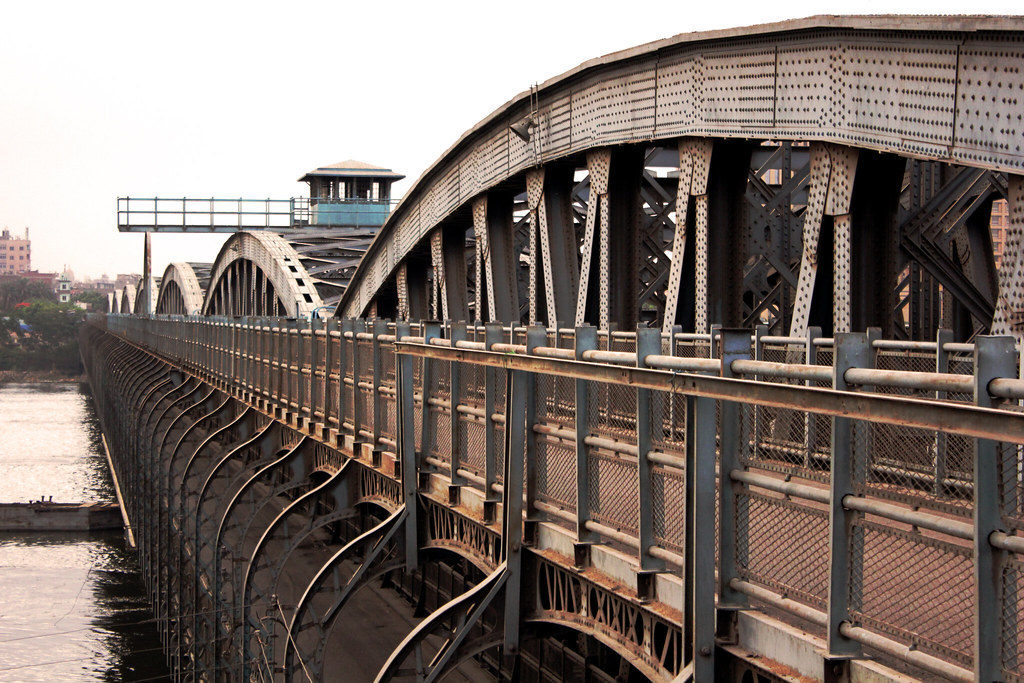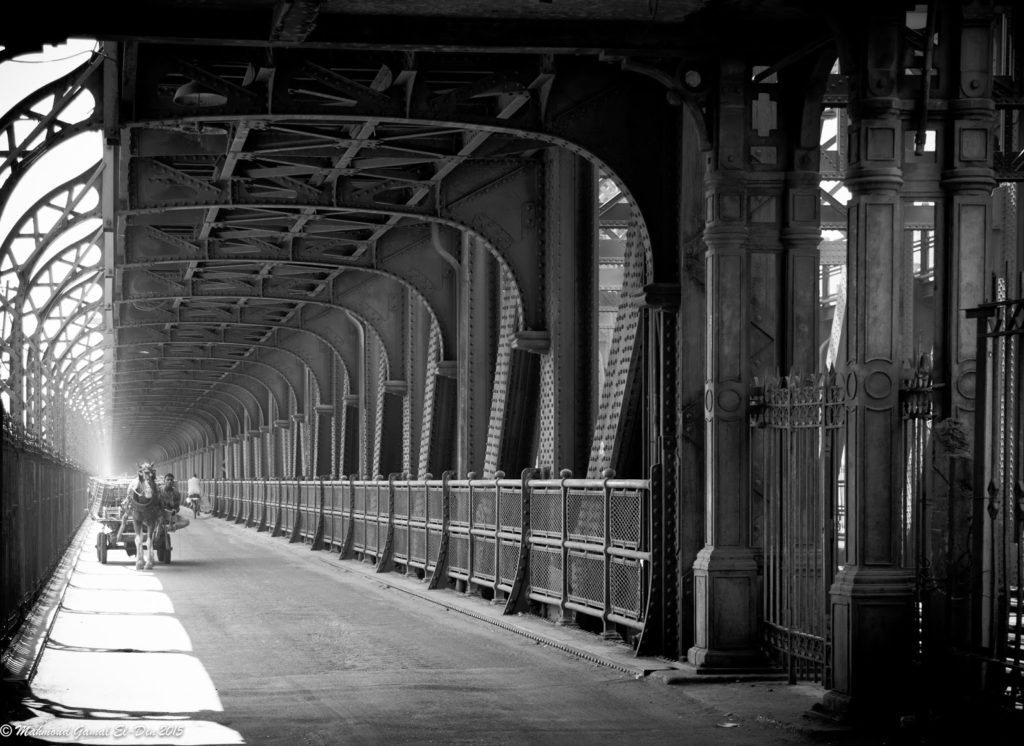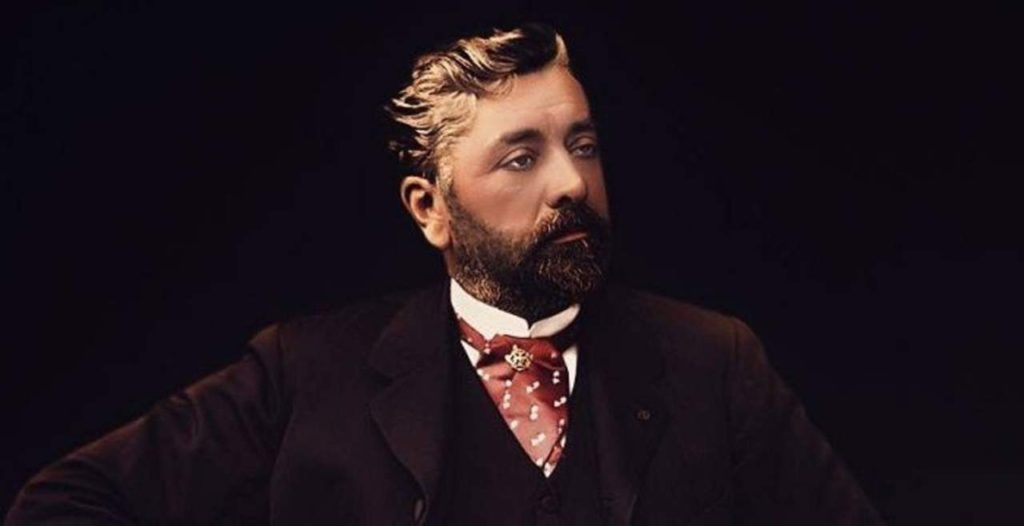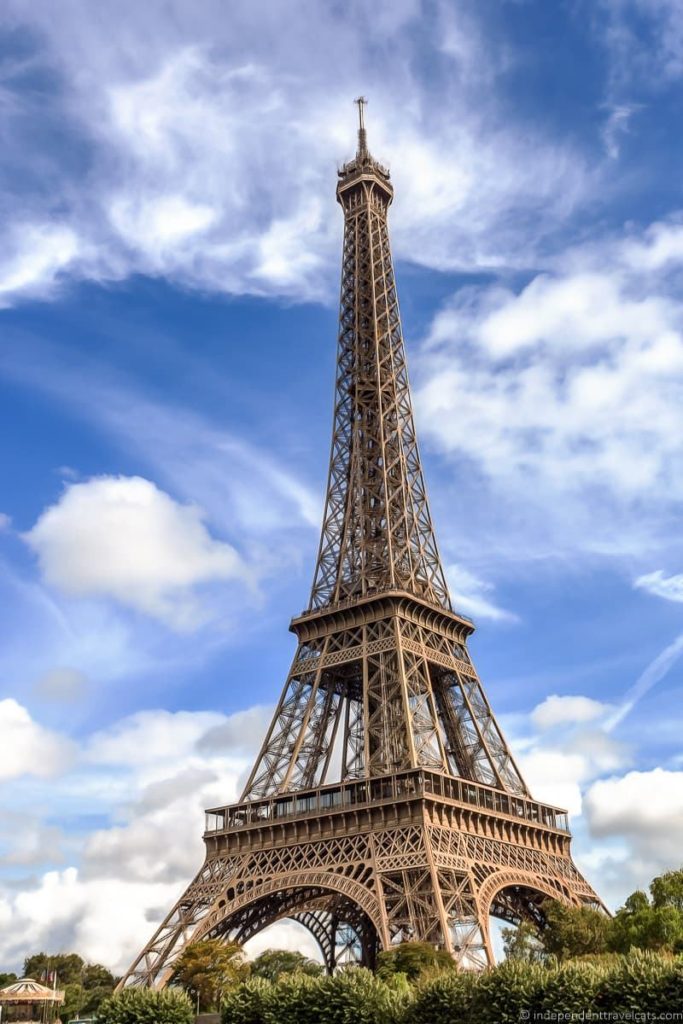By Muhammed Aladdin.
Last Wednesday was the 130th anniversary of the Eiffel Tower’s public opening. The Iron Lady of Paris had its facade illuminated by a 12-minute laser show, retracing its history.
The historic monument is the brainchild of Alexandre-Gustave Eiffel, the iconic French civil engineer of the 19th Century. Early in his career, before becoming a household name, he toured the world on freelancing contracts.
In one instance, he found himself in Egypt, tasked with overseeing the construction of a number of locomotives. Here in the land of the Nile, he visited the Suez Canal as well as the Pyramids, which greatly influenced his work.
Prior to its construction, the blueprint for the Eiffel Tower was viewed by many Parisians as a giant metal abomination. It was not as beloved as it is today, but Eiffel reportedly said the following:
“Do you think it is for their artistic value that the pyramids have so powerfully struck the imagination of men? What are they, after all, but artificial mountains? [The aesthetic impact of the pyramids was found in] the immensity of the effort and the grandeur of the result. My tower will be the highest structure that has ever been built by men. Why should that which is admirable in Egypt become hideous and ridiculous in Paris?”
The story between Eiffel and Egypt did not end there, as years later, he designed one important Egyptian monument: the Imbaba Bridge.

The railway bridge was constructed between 1913 and 1925, replacing the Old Imbaba Bridge, which was originally built in 1890. Elements from the older bridge were shipped up the river to the Nile Delta city of Damietta for building another bridge that was never completed. Years later, the same bridge would become the historic Damietta Bridge, which isn’t an actual bridge but the city’s national library.

Often portrayed on film for its aesthetic features, the current Imbaba Bridge is one of the monuments of Egypt’s modern era. From the regally-designed stairs to the second floor designed specifically for pedestrians, the historic bridge is an architectural masterpiece.
There are some who theorize that the metal causeway was not actually designed by Eiffel. Indeed, the story is riddled with myths. The most famous one being that after construction was completed, Eiffel waited for the suspension bridge to open, but when it failed, the French architect took his own life by jumping into the Nile.

Some sources, such as the Independent, suggest that it wasn’t the Imbaba Bridge that was designed by Eiffel, but the now-destroyed Abu Al-Ela suspension bridge, which connected Zamalek to Boulac. Additionally, according to Al-Ahram, it was the American Engineer William Donald Scherzer who was behind the design, while the French company Five-Lilles, worked on providing the steel girders, hence the French connection.

There are also some rumors that Eiffel did not design any of these bridges, but was the author behind the mini suspension bridge within the Giza Zoo. Even though it remains there to this day, it is not open to the general public for safety concerns.
Whether or not Eiffel designed any of these bridges is a matter of guesswork as the records from the era do not agree on one thing.
At the end of the day, the man was an engineering genius and one of the faces of the industrial revolution that shaped our world. He drew influence from the Great Pyramids of Giza, and reportedly designed one of our iconic bridges, so the way I see it, I think his memory should be celebrated regardless of the true identity of the bridge’s designer.




